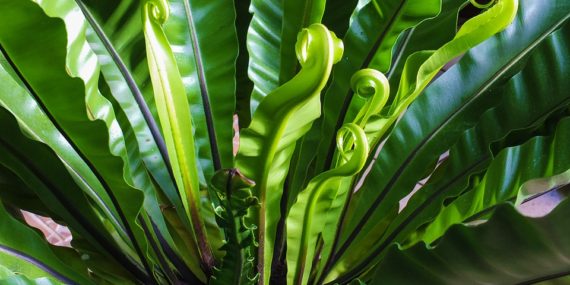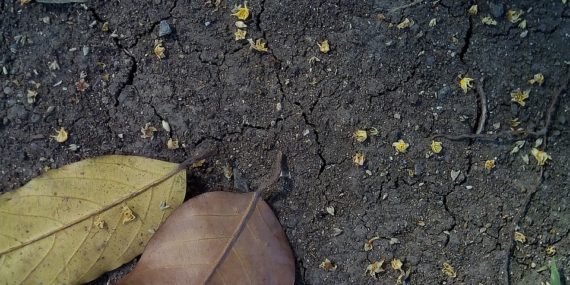Summer is fast approaching in Ottawa. Vegetable from your backyard taste dramatically better than store bought. The path to a successful vegetable garden is not difficult or long. Follow the 10 steps below and you will produce many enjoyable moments and an abundant harvest of fresh vegetables during much of the year.
Location
Choose an area with plenty of morning sunlight and some afternoon shade. Most vegetables, especially fruiting types, do best with six to eight hours of full sun exposure. Leafy and root vegetables will tolerate partial shade. Don’t plant gardens under or near trees or large shrubs—their roots will rob fertility and water from vegetables. Don’t plant vegetables in the narrow shaded space between houses and walls. A loose, fertile, level, well-drained soil is best. If possible, avoid heavy clays and very sandy soils. If caliche is present it must be dug out and removed. Avoid areas that are crusted with alkali salts or infested with Bermudagrass, nutgrass or Johnson grass. A synthetic soil, self prepared or purchased, can be used in raised beds or containters (pots, tubs, boxes) if good soil is not available. Where the space is limited, container gardening can be practiced. A convenient water supply for irrigating is necessary
Layout
Planning ahead will help avoid problems and make your garden a complement to your landscape. First, sketch a plan of the intended planting area for vegetables. Write down the size of the area or location of containers. This is the beginning of a gardening notebook or journal. Decide on the vegetable species wanted. Select those that your household likes, that are adapted to your climate and practical for the location. If space is a problem, plant those that utilize space efficiently like bush varieties or bush beans, beets, broccoli, cabbage, carrots, leaf lettuce, onions, radishes, Swiss chard, tomatoes, and turnips. Mark on the plan where the vegetables will be planted, making sure to leave room for growing space between plants. Also, list the planting date for each vegetable. Arrange plantings according to harvest periods and growth characteristics. Plant vegetables adjacent to each other which will be harvested about the same time. Avoid having taller plants shade younger and smaller vegetables. Use vertical space by trellising climbing crops.
Varieties
Gardening success can be greatly influenced by the varieties you use. Select from recommended lists and from those know to do well locally. It is a good idea to try one or two new varieties each year. Plant them next to old favorites for comparison. Keep a notebook or journal from year to year to note what varieties perform best. For mini-gardens, try bush or dwarf varieties and the more colorful ones. Seed catalogues will be a big help in finding these.
Equipment and supplies
Before planting, find a reputable source for seed and other garden supplies. Seed catalogs can be a big help, but be sure the varieties are locally adapted. Buy new seed since some seeds over a year old will not germinate (sprout) well. Select plants that are healthy, stocky, mediumsized, with vigorous roots and that are pest free. Have all equipment and tools clean and in good condition before working the soil. A hoe, spade, garden rake, trowel, measuring stick and planting line are essential. Study pest control recommendations to determine what may be needed after positively identifying the pest.
Soil foundation
To maintain and improve soil conditions, mix organic matter and fertilizers into the soil before planting, and prepare and cultivate the soil when dry or slightly moist (never when wet). Organic matter makes the soil loose (friable) and easy to work. It improves nutrient and water-holding capacity, drainage and aeration. Well rotted manure, compost, and leaf mulch are commonly used organic materials.
In preparing the seedbed, do not work the soil when it is too wet. Wait for it to dry sufficiently so it crumbles in your hands. When growing vegetables in close quarters or where good soil is not available, an artificial soil can be used. During the growing season fertilizers may be needed. However, too much fertilizer too close to the plant may injure plant roots.
Planting your vegetables
Most vegetables are started from seed or transplants. Seed can be sown directly into the garden soil, while transplants are started elsewhere and later planted into the garden. Harvest can be obtained sooner with transplants; however, it is more expensive and certain plants do not transplant well.
Irrigate
Proper watering can be accomplished by observing the plant and soil. Do not allow the plant to become stressed, wilted or slow-growing. On the other hand, too much water, especially on heavy soils, will exclude air from the root zone, resulting in poor growth. When the soil becomes crumbly upon squeezing, it’s time to irrigate. Moisture is needed around the seed for sprouting. Frequent watering will be needed to keep the soil adequately moist and prevent crusting of the surface. As the plant grows, the watering period should be longer, allowing deeper penetration through the root zone. Plants need to be watered more often during hot periods than cool periods. If a watering method moistens the plant foliage, irrigate in the morning so plants have time to dry during the day. This will lessen disease problems. Night time watering encourages disease growth. Plants growing in containers should be watched more closely for water needs because the roots are more crowded and temperatures of root media are more extreme. Keep soil moist but do not over-water. Make holes on the side and/or the bottom of the container for drainage and air.
Weed Control
Weeds compete with vegetables for water, nutrients and light. Weeds often harbor insects and diseases. Two important ways to keep down the weeds in and around your garden are mulching and cultivation.
Pest Control
Problems of the garden can be minimized by being prepared for them. Learn about the insects and diseases that commonly occur in the area and learn control methods. Whenever possible select disease resistant varieties. Soil problems can be reduced if the steps mentioned earlier are followed; however, crop injury from salt can appear if proper management has not been followed.
Harvest
Most vegetables are at peak quality for only a short period of time and should be harvested. Learn to tell the proper time to harvest each crop. Immature vegetables will not improve after harvest and overmature vegetables will be tough and lack the desired taste and texture.


